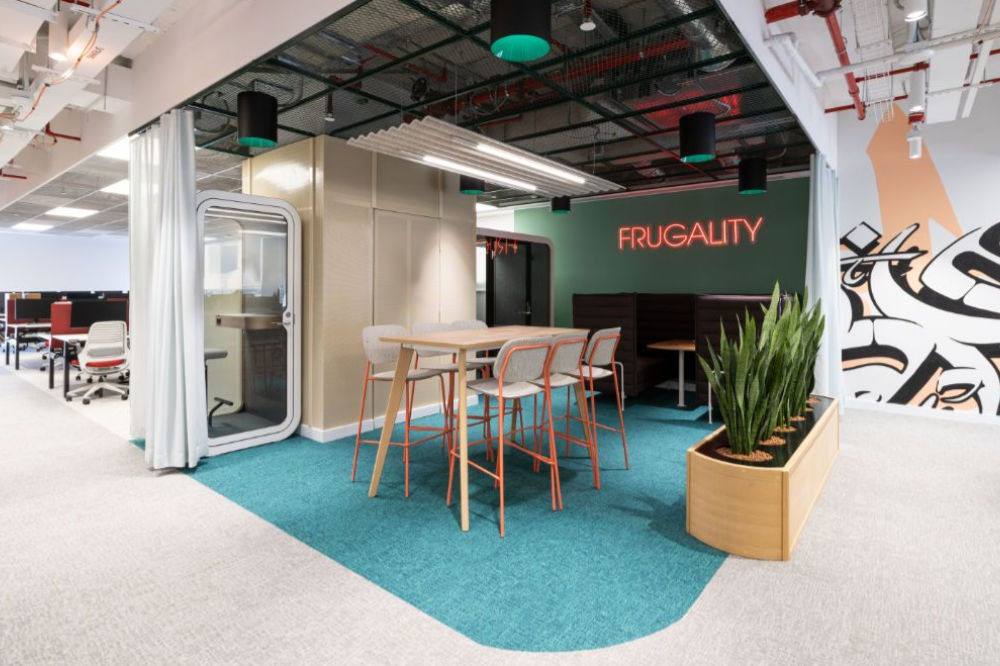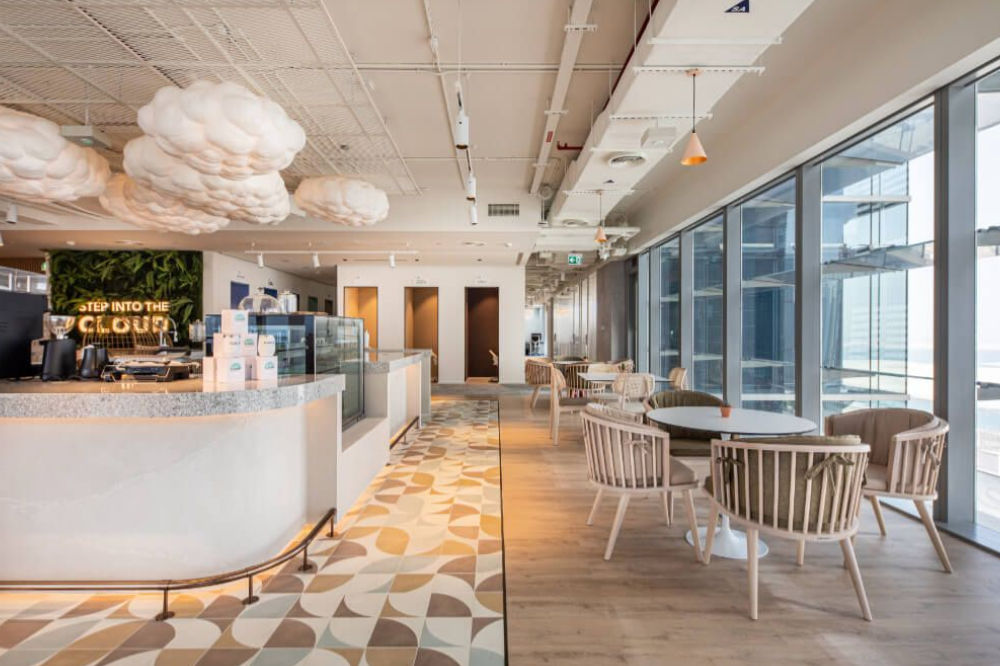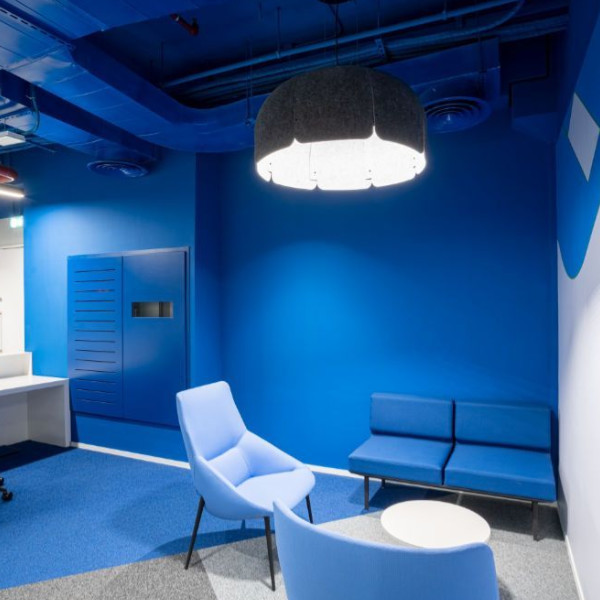Over the years, it has become abundantly apparent that employee satisfaction and overall happiness has a profound effect on a company’s work environment. As workplaces demand higher productivity and adaptability to change, it becomes increasingly important to monitor how employees feel in an office interior design. In a bid to push for higher output, companies risk demotivating employees in the long run and overstimulating them, which can cause productivity levels to go down and increase the chances of higher labor turnover. This alone gives enough reason for companies to focus adequate resources on restructuring the workplace environment and analyzing workplace culture to ensure that employees feel included, safe, and comfortable. The concept of Hygge tackles these issues and successfully aids companies in creating an ideal environment that encourages positive interactions between employees, and higher levels of satisfaction and productivity. In this article, we explain what Hygge really is and its potential impact on workplace culture.
An Introduction to Hygge
Hygge (pronounced who-ga) is a Danish concept that stems from the need to create spaces that embody the concepts of comfort and togetherness. The concept itself doesn’t have a set definition, but is instead more likened to a general feeling of peace and cozy contentment. Hygge is a popular concept in Denmark, and the individuals there base their routines around it, helping them lead content lives and increasing their overall happiness levels. This concept can be understood best through its examples. Reading a book indoors on a rainy day with a hot cup of cocoa is a great example of what Hygge embodies. Studies have shown that individuals and groups that practice Hygge generally experience higher levels of serotonin (the chemical for happiness) and are by far more productive in an environment that includes the concept. For many, Hygge is a warm atmosphere that allows people to enjoy everyday moments, either alone or with others.

How Hygge affects office culture
In a corporate atmosphere, high levels of stress and feeling overwhelmed are common emotions that run rampant among employees at all levels. These negative emotions, if not tackled at the right time, can turn companies into dreadful places to work for, and any semblance of positive work culture can be ruined. This is where Hygge comes in. Workplaces are often seen as a society that is built on productivity, coordination, and trust. Incorporating Hygge can help companies challenge stressful environments that encourage toxic competition among departments and on an employee level. Over the years, comfort has become an important factor that determines overall productivity. This is in part due to the primary focus for many companies shifting from what the work is and when it’s done to how the output comes about. This transition in focus occurred after the overwhelming success of work-from-home initiatives that have seen major spikes in productivity. Studies have attributed this increase in productivity to the level of comfort and control over the environment employees have when working from home. Subconsciously, employees have been working in their own Hygge environment and the results are abundantly positive. Embracing Hygge means embracing a well-being-focused approach that is good for higher morale, and is great for team compatibility, productivity, and profitability.


Hygge is synonymous with the concept of togetherness. It’s important to create an environment that encourages employees to interact and collaborate with each other, regardless of title. In a Hygge environment, trust and collaboration are ingrained within the culture and problems are solved faster because they are shared and tackled together. It transforms employees from mere resources to actual people with varying views on matters that can help an organization create a well-rounded approach towards generating better products and services. Taking small steps like giving an hour a week for group activities that don’t revolve around work, or assigning more collaborative projects, can help employees connect with each other on a human level and can engage and retain them in the long run. Ultimately, incorporating Hygge into a company’s work culture can enable employees to feel calmer at work and more mindful of their well-being, which leads to higher, and better output. From activities to cozy workspace fit outs, the way of Hygge can be included in almost every aspect of workplace culture and interior design dubai.

